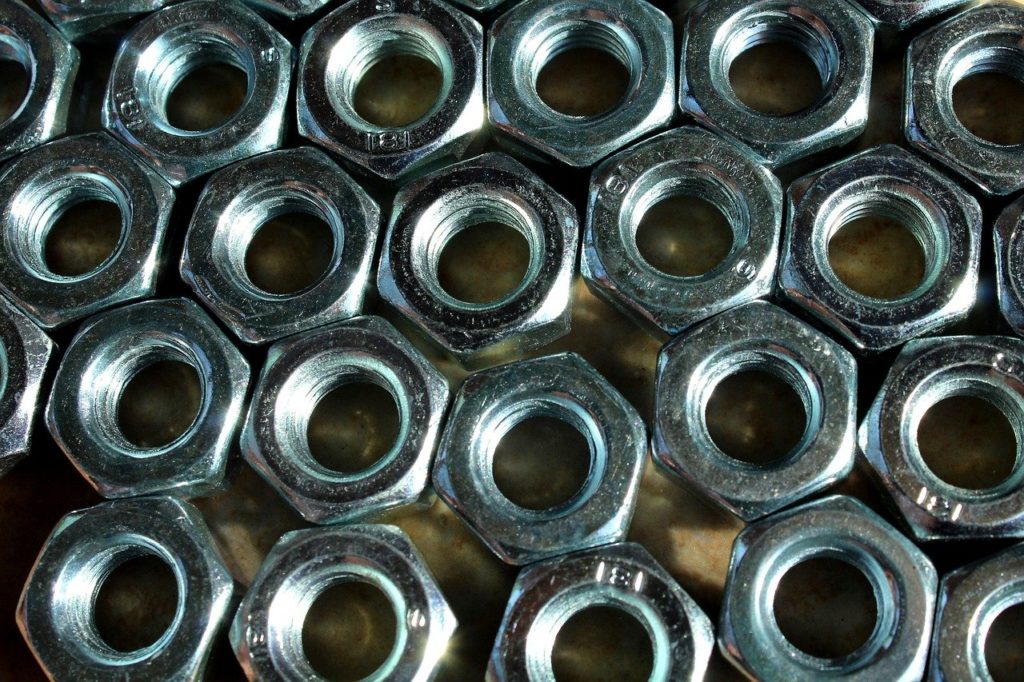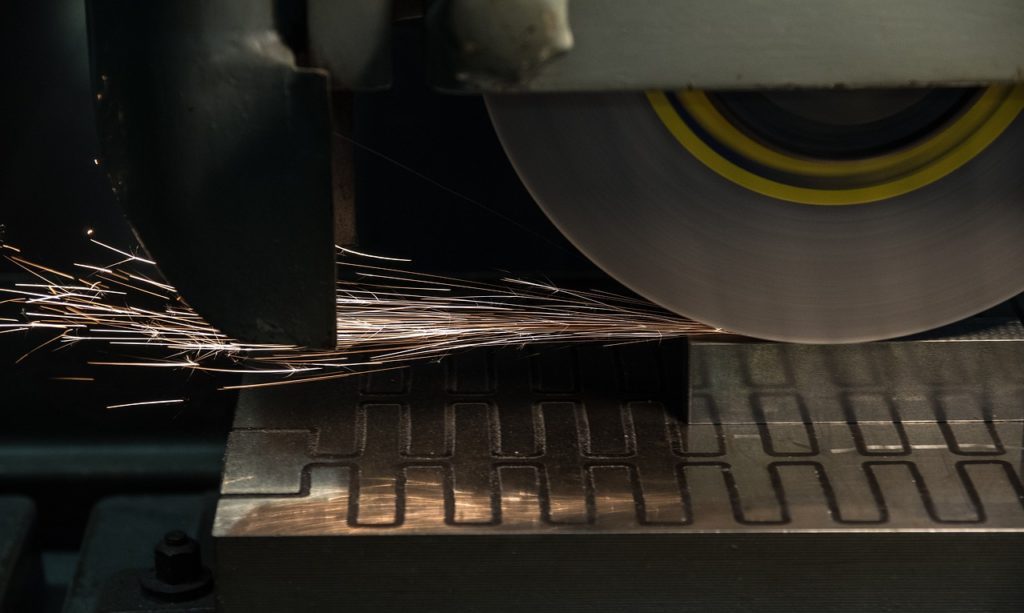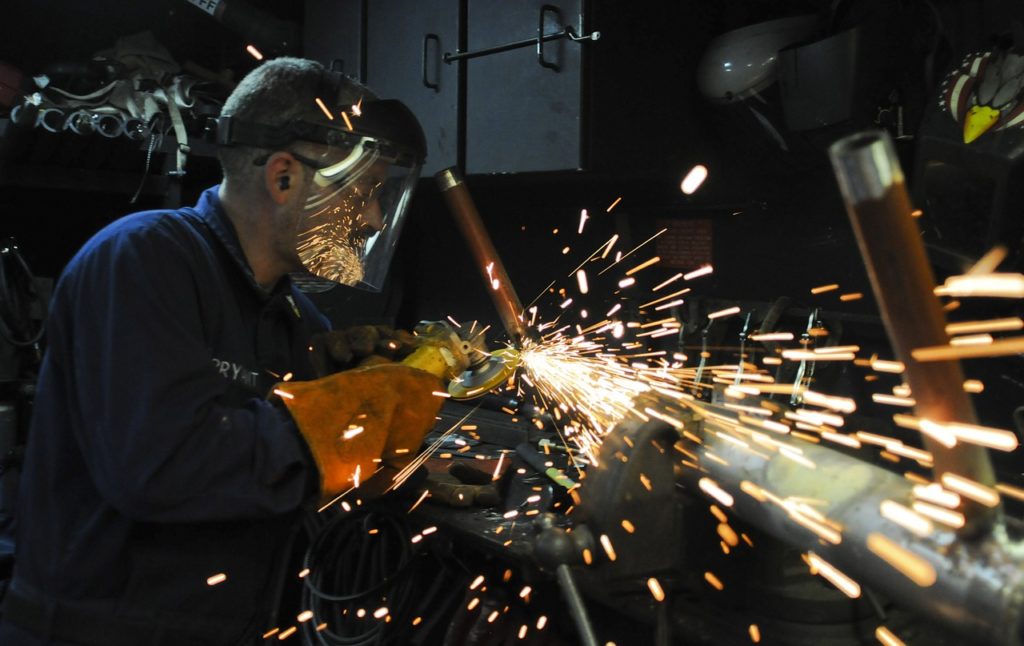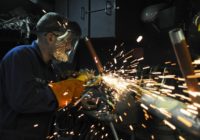In the machining and grinding of parts there are two processes by which a piece is shaped by material removal. These processes are chip removal or abrasion, which are done with a grinding machine.
In the abrasion grinding process, the cutting edge used to remove material is not defined. One of the tools to perform abrasive machining is the grinding machine.
What is a grinding machine?
The grinding machine is a tool that performs the abrasion machining process. It has as a tool of starting material a robust abrasive wheel which does not have a defined edge.
With this machine, when grinding, a workpiece finish with more precise dimensions and less roughness is obtained than a chip removal process.
What is a grinding machine for?
Grinding is a process performed on parts that have certain very small tolerances. These can be dimensional (such as diameter, length or angle) or surface finish (such as roughness, scratches, impurities).
The grinding of parts is carried out many times after a chip removal process. Chip removal is done to remove larger areas, and then leave a surplus that will be removed by abrasion (with the grinding machine). The result will be more precise and neat.
How a grinding machine works
The grinding machine is a complex but easy to use machine. First of all, to receive energy, the electromagnet must be activated. The electromagnet will be responsible for holding the piece and not moving.
Once the piece is placed in the electromagnet, we turn on the machine and the spring that starts to turn turns on. Then we begin to move the flyers that make the electromagnet move in the x, y directions.
NOTE: In large grinders there is usually a hydraulic pump so that the movements when grinding are not heavy or hard.
We leave the piece under the spring and using the steering wheel that moves the spring in the z direction, we go down until the spring comes into contact with the piece.
Then by means of the automatic control we let the electromagnet oscillate in such a way to achieve the desired dimensions and finish.
Types of grinding machines
There are several types of grinders that can depend on the objective (it can be for surface finishes, dimensional precision), the piece to be rectified, the technology used, its size or the need for repetitions, among others.
NOTE: The enormous degree of precision of a CNC grinding machine is barely measurable with micrometers.
Flat or surface grinding machines
Front grinders: In the front grinders the wheel is located on a horizontal axis and moves rectilinearly on the piece (from right to left). It is used to quickly remove the material, with less precision than other grinders.
Tangential grinding machines: In this case the wheel rotates on a vertical axis with circular and pendular movement, which causes the tangential grinding. In these cases the work done is much more precise.
Cylindrical grinding machines
External cylindrical grinding machines: The grinding is done on the external cylinder of a piece. This allows the piece to rotate in the same direction as the grinding wheel.
Internal cylindrical grinding machines: In this case the grinding is done inside a hollow cylindrical part. The wheel must always be smaller in diameter than the inside of the piece
Centerless cylindrical grinders: It is for grinding small cylindrical parts. In this case the wheels are two that rotate in the same direction and the piece is placed between them.
Universal Grinding Machines
They are responsible for mechanizing bodies of revolution which makes them larger and more robust machines than the others. These machines are used to produce, among other things, camshafts, pistons, shirts, crankshafts, etc.
CNC grinding machine
These machines were a consequence of technological advancement. CNC grinding machines are machines that perform the same procedure, only that their control is computerized.
This has several or rather many advantages:
Reduction of operator intervention to be automatic.
Improvement in operating times.
Increase the precision of the finish.
Possibility of programming and establishing a series of steps to follow.





